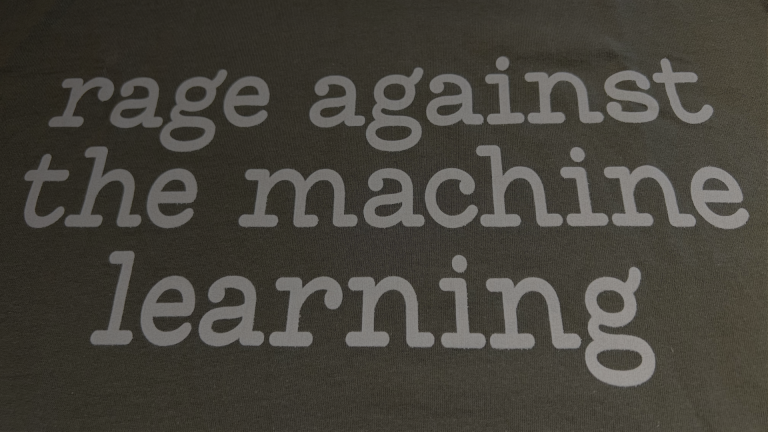OpenAI’s Strategic Move: Open Weight Models Come to AWS
On August 5, 2025, the AI landscape shifted (again) when AWS announced that OpenAI’s new open weight models (gpt-oss-120b and gpt-oss-20b) are now available through Amazon Bedrock and SageMaker AI. This marks the first time OpenAI has made its models available on AWS, breaking new ground in both model accessibility and cloud platform strategy.
Breaking Down the Announcement
OpenAI’s two new open weight foundation models are now accessible to millions of AWS customers, released under the permissive Apache 2.0 license, allowing full customization, fine-tuning, and deployment without proprietary restrictions. The performance claims are impressive: the larger model delivers 3x better price-performance than comparable Gemini models, 5x better than DeepSeek-R1, and 2x better than OpenAI’s own o4 model when running on Bedrock.
Strategic Implications
For OpenAI, this represents a calculated diversification strategy. Rather than remaining exclusively tied to Microsoft Azure, they’re expanding their reach while embracing open model principles, a significant philosophical shift for a company known for proprietary models.
For AWS, this move strengthens their position as the go-to platform for AI model choice. With over 100 models now available from various providers, AWS continues building Bedrock into a comprehensive AI marketplace that rivals any single-vendor approach.
The partnership also signals broader industry trends toward platform agnosticism, where enterprises want flexibility to choose optimal models for specific use cases rather than being locked into single ecosystems.
What This Means for Production AI
This announcement directly addresses one of the biggest barriers to moving AI from demo to production: enterprise readiness and operational reliability.
The integration with Amazon Bedrock’s enterprise-grade security tools like Guardrails (which blocks up to 88% of harmful content) alongside support for Knowledge Bases and customization capabilities provides the compliance and safety framework enterprises demand. No more cobbling together security solutions or worrying about model governance.
The 128K context window enables processing of longer documents like customer service transcripts, technical documentation, and academic papers—exactly the kind of real-world data volumes production applications need to handle.
Most critically, the models support instruction-following and tool use, including web search and code interpreter capabilities for multi-step tasks, making them suitable for the complex agentic workflows that define modern production AI systems.
For teams ready to scale beyond proof-of-concepts, this AWS integration offers the infrastructure reliability, security compliance, and operational tooling needed to confidently deploy AI at enterprise scale.
For enterprises struggling to scale AI beyond demos, this marks a turning point. The demo-to-production gap just got a lot smaller… and a lot easier to cross.







